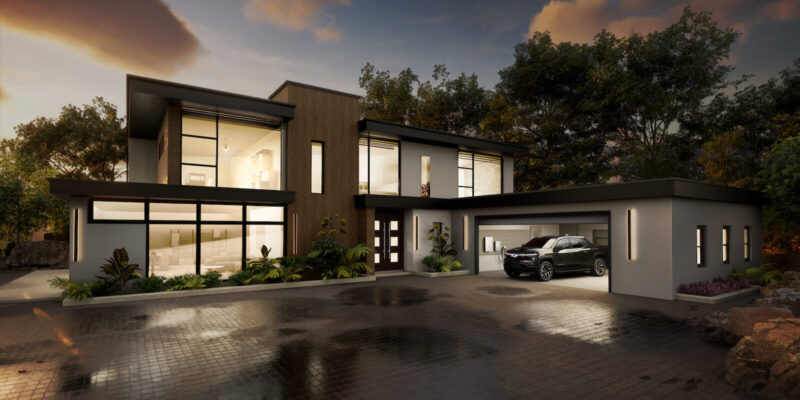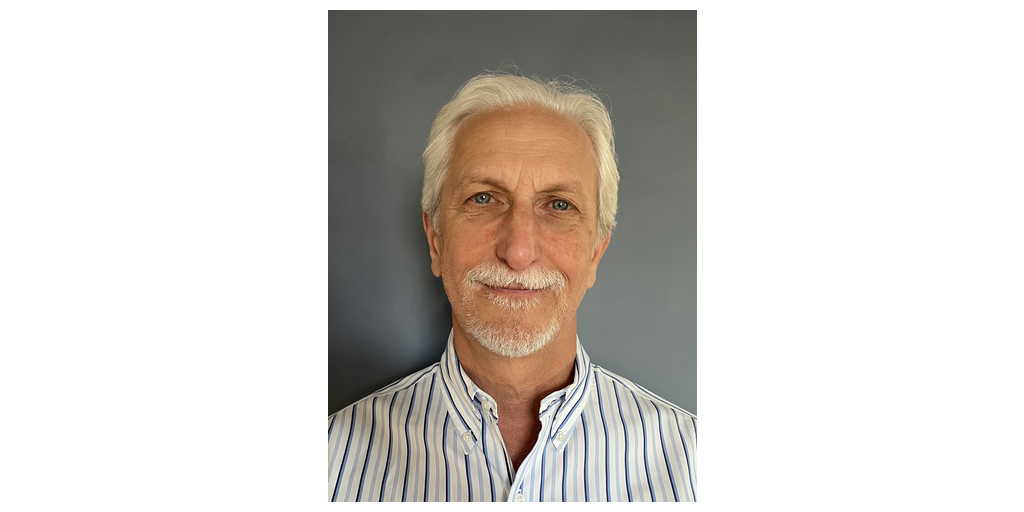Sign up for daily news updates from CleanTechnica on email. Or follow us on Google News!
Sixty percent of the 33 million EVs expected by 2030 are projected to be in suburban areas, according to a report from the National Renewable Energy Laboratory.
Of the remainder, 20% will be in rural locations and another 20% in urban areas. The charging network needs for EVs are different depending on whether EV owners live in rural, suburban, or urban areas. While electricity from public DC fast chargers would be the most utilized in urban areas (40%), in rural and suburban areas, Level 1 (L1) and Level 2 (L2) chargers in single-family homes are expected to meet the majority of EV electricity needs (82% and 64%, respectively).

Although DC fast charging receives a lot of attention, increasing the availability of L1 and L2 charging is critical for the overall transition to EVs.
Notes:
- Level 1 (L1) refers to 120V AC charging from a typical US household outlet.
- Level 2 (L2) refers to 240V AC charging like that used for a household electric dryer.
- DC fast charging in this study refers to charge rates of 150 kW or higher.
- Low power DC charging (e.g., 50 kW) is omitted from the study’s baseline scenario on the basis of assumed driver preferences for DC charging that is as fast as possible and 2030 vehicle technology scenarios where batteries are capable of accepting at least 150 kW of peak power.
Source: National Renewable Energy Laboratory, The 2030 National Charging Network: Estimating U.S. Light-Duty Demand for Electric Vehicle Charging Infrastructure, June 2023.
Courtesy of U.S. Department of Energy.
Have a tip for CleanTechnica? Want to advertise? Want to suggest a guest for our CleanTech Talk podcast? Contact us here.
Latest CleanTechnica TV Video
CleanTechnica uses affiliate links. See our policy here.





